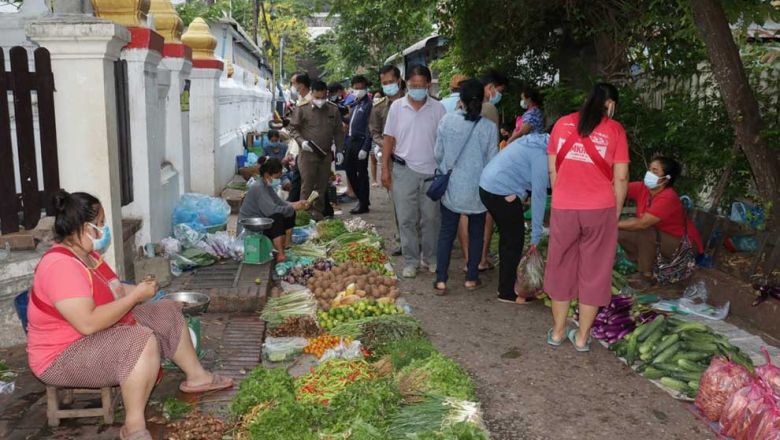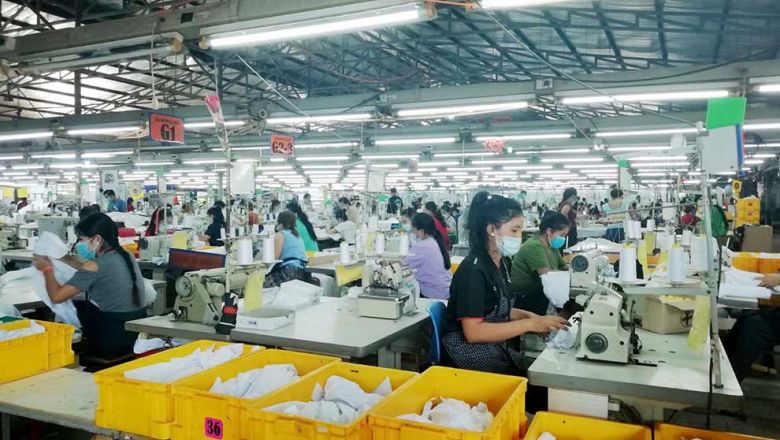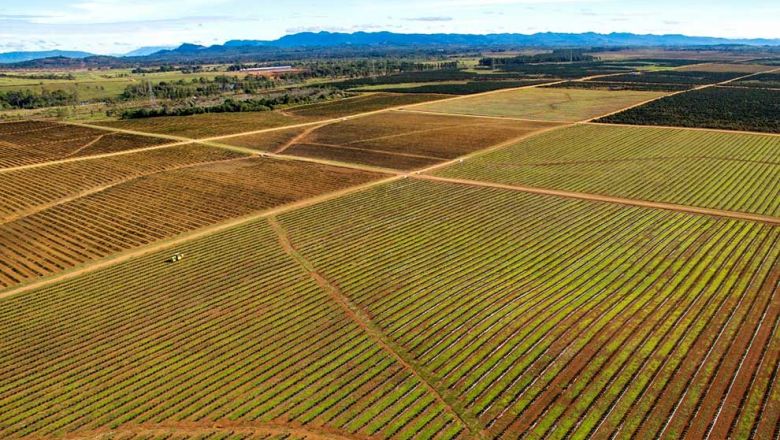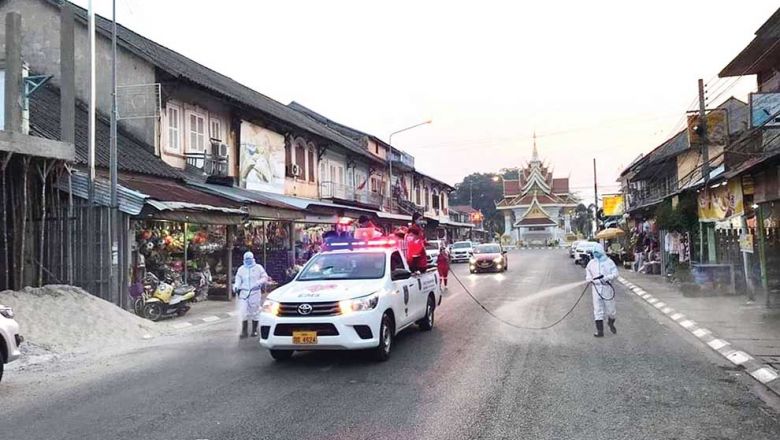Cambodia, Laos, Myanmar to run substantial deficits
Cambodia, Laos, Myanmar to run substantial deficits
Current account surpluses in most of the region will continue to narrow, continuing the trend seen since the global financial crisis, however Cambodia, Laos and Myanmar will all record substantial deficits.
Asean countries except Indonesia will remain in surplus through 2020, but their levels relative to GDP will be noticeably lower than in the years before the financial crisis (2000-07), except in the Philippines and Vietnam.
China's surplus is projected to fall from its average of 4.6percent of GDP over 2000-07 to 2.3percent by 2020. The current account deficit of India is projected to rise slightly from its 2014 level, according to the Organisation for Economic Co-operation and Development (OECD).
Cambodia, Laos and Myanmar will continue to run substantial deficits, although somewhat lower relative to GDP in Myanmar compared to 2014, OECD reported on the Economic Outlook for Southeast Asia, China and India 2016, at the occasion of the Asean-BIS in Vientiane recently.
Brunei's already large surplus will widen further as oil prices recover, and Singapore will also continue to run a large surplus.
Both export and import growth will pick up as world GDP and trade accelerate through 2020. However, the growth rate of exports will be noticeably lower than in the years prior to the global financial crisis or during the subsequent recovery period.
China's export growth is likely to slow as its industrial mix shifts toward home consumption and as the scope wanes for further market share gains in advanced economies.
The slowdowns in Chinese exports and in import demand by Chinese consumers and businesses, and the deceleration in the expansion of regional value chains, will lead to deceleration in the intra-regional trade in industry inputs that have been a major element of overall trade in the Emerging Asia region.
Trends in the balances of invisibles trade (in services and in factor income from capital and labour services, and from non-factor income such as aid and remittances) will have an important effect on the evolution of current account balances in a number of countries.
Rising tourism expenditures in Cambodia, Laos, Myanmar and Vietnam (CLMV), and growing income from outsourced services in India and the Philippines, are expected to lead to improvement in their services balances.
In the Philippines, this improvement, along with continued growth in remittances, helps to account for the projected increase in its current account surplus through to 2020.
In several other countries, notably Indonesia, Thailand and Vietnam, increased repatriation of profits of foreign-invested businesses is expected to lead to a moderate deterioration in the factor income balance and to contribute to a decline in their overall current account surpluses.
The declining current account surpluses and rising deficits in most of the region reflect the narrowing of previously substantial gaps between national savings the sum of household, business and government savings and national investment.
Growth in private-sector savings is becoming more moderate in the Asean-5, China and India as consumption becomes the main driver of real GDP increases.
In the CLMV countries, surging spending on infrastructure and other development, along with rapid private-sector development, is projected to raise aggregate investment relative to savings.
The exceptionally large deficits projected for Cambodia and Laos are not sustainable over the longer term, and the countries will need to attract substantial capital inflows if these deficits are to be financed.
However, the deficits should decline to more manageable levels once the surge in development spending abates.


















